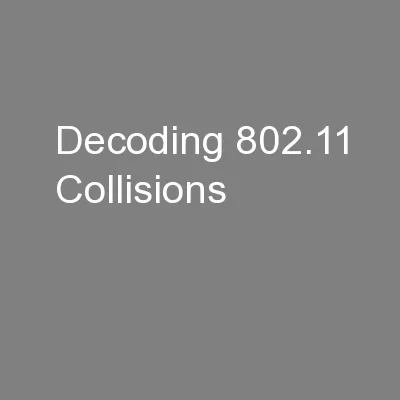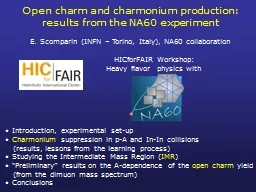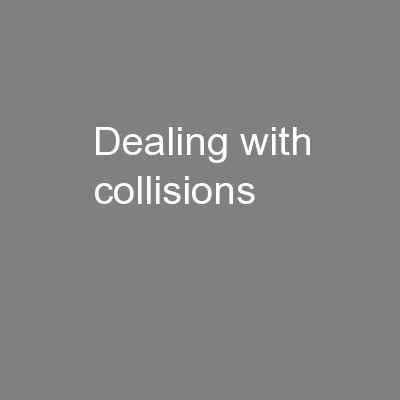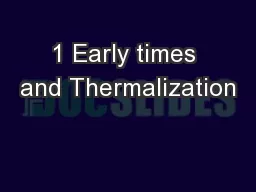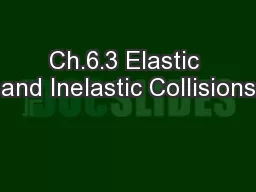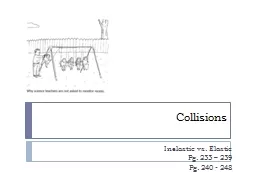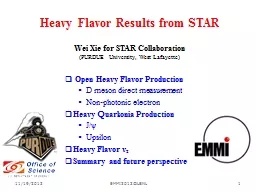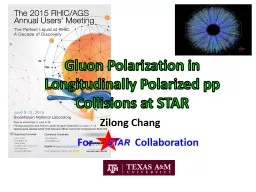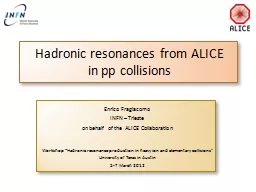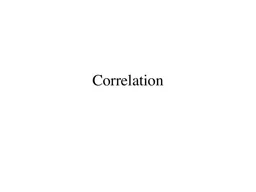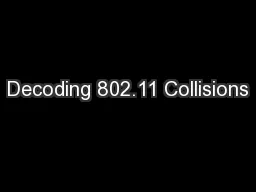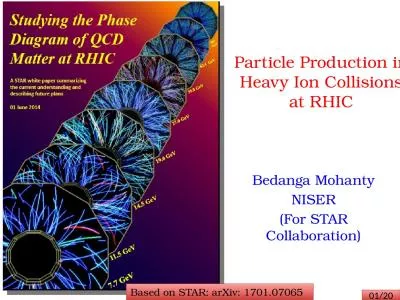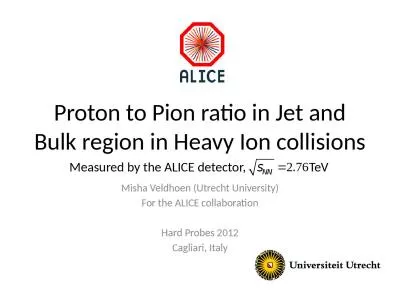PPT-Two-Particle Correlation in e + e - Collisions at 91.2 GeV with
Author : karlyn-bohler | Published Date : 2019-11-06
TwoParticle Correlation in e e Collisions at 912 GeV with ALEPH Archived Data 1 TwoParticle Correlation in ee with ALEPH archived data Anthony Badea Austin Baty
Presentation Embed Code
Download Presentation
Download Presentation The PPT/PDF document "Two-Particle Correlation in e + e - Co..." is the property of its rightful owner. Permission is granted to download and print the materials on this website for personal, non-commercial use only, and to display it on your personal computer provided you do not modify the materials and that you retain all copyright notices contained in the materials. By downloading content from our website, you accept the terms of this agreement.
Two-Particle Correlation in e + e - Collisions at 91.2 GeV with: Transcript
Download Rules Of Document
"Two-Particle Correlation in e + e - Collisions at 91.2 GeV with"The content belongs to its owner. You may download and print it for personal use, without modification, and keep all copyright notices. By downloading, you agree to these terms.
Related Documents


